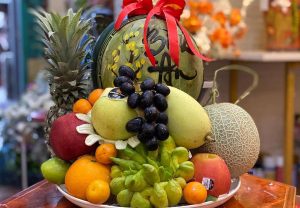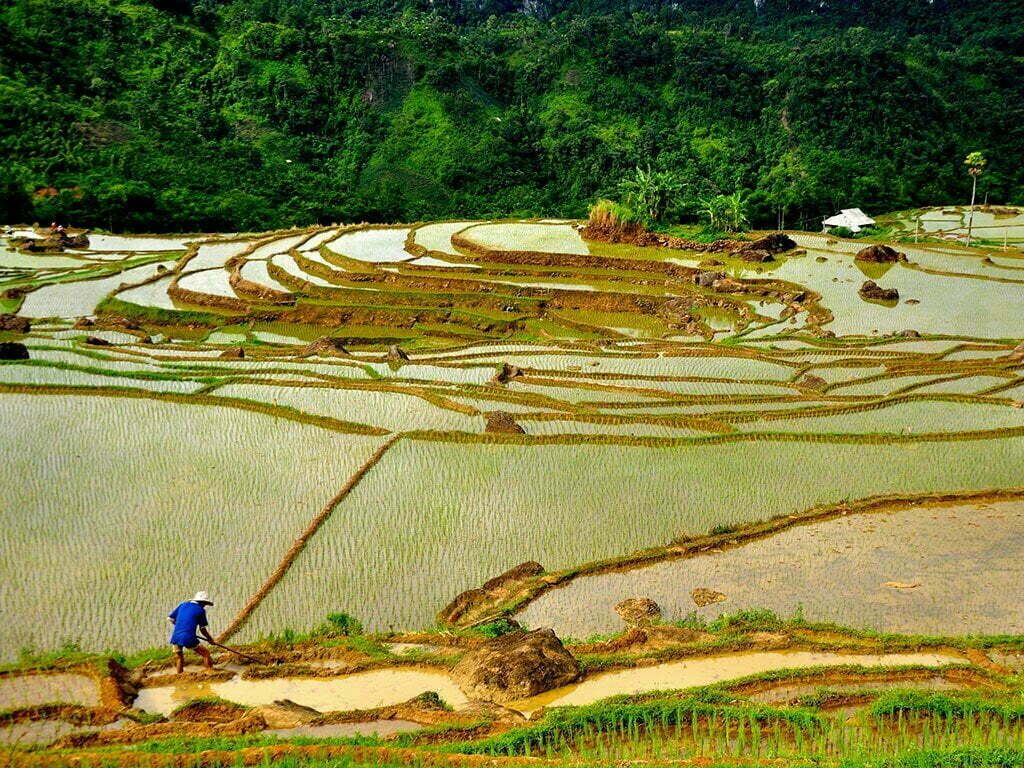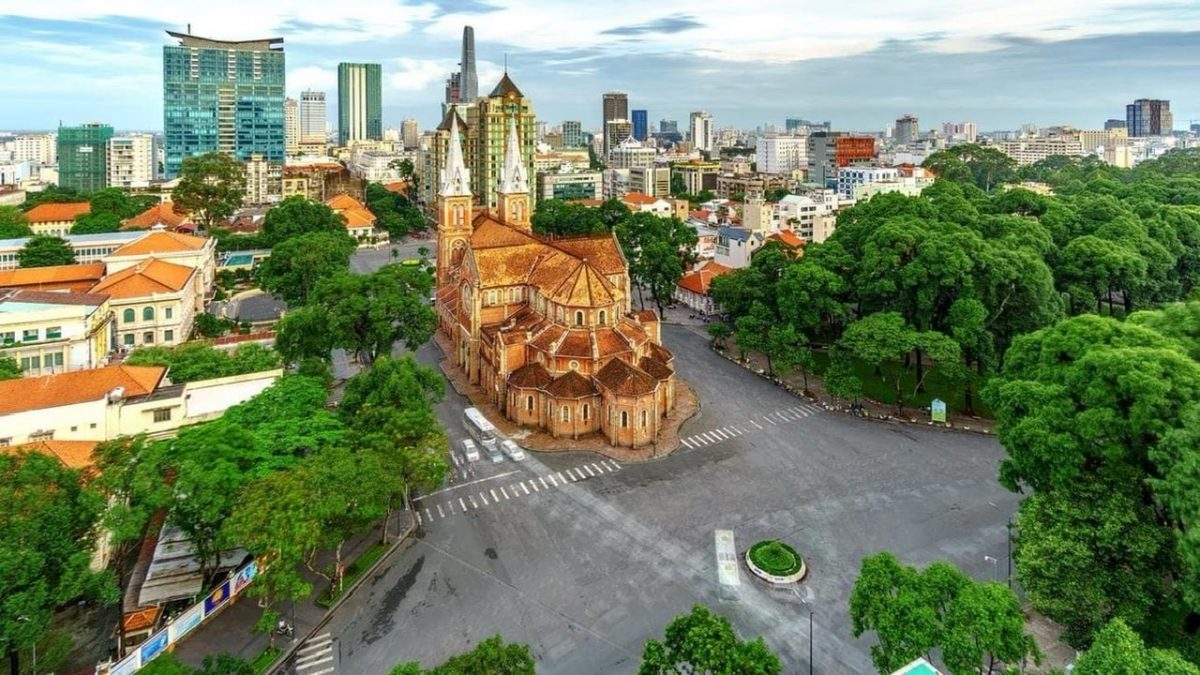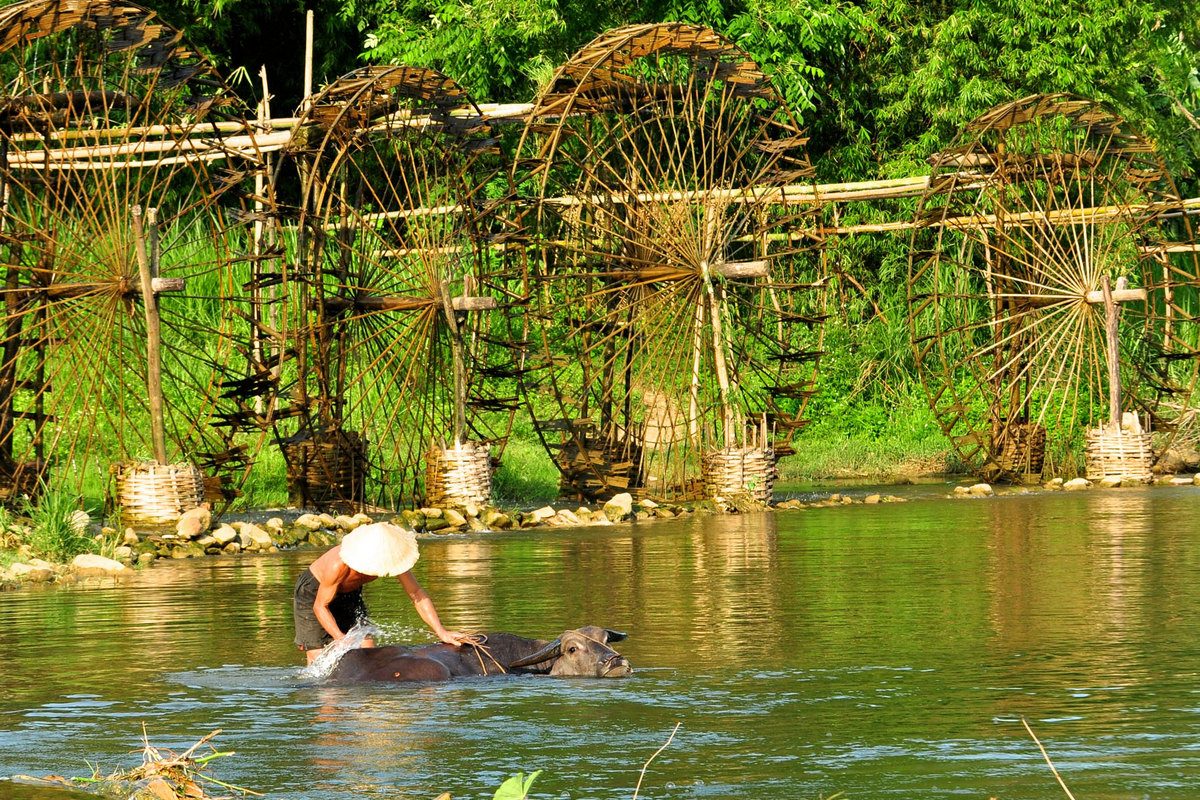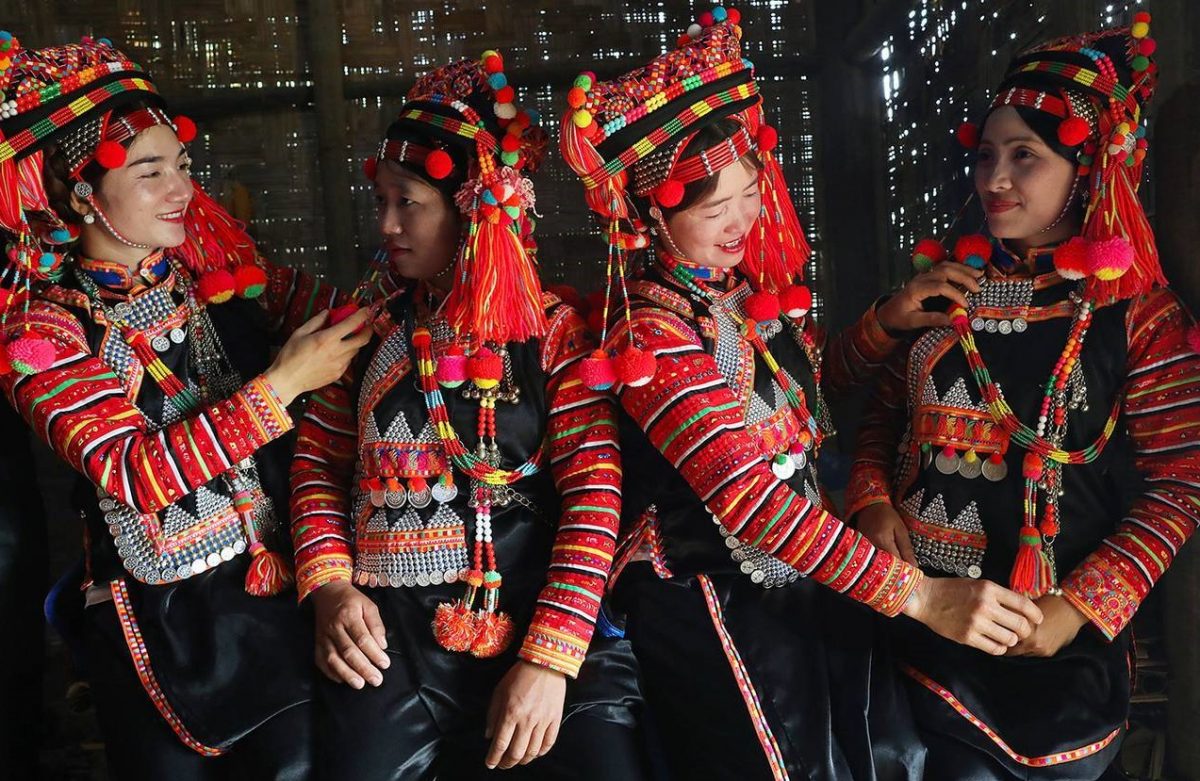Vietnamese Lunar New Year
02/02/2024The lunar calendars follow the lunar phase while lunisolar calendars follow both the lunar phase and the time of the solar year. The event is celebrated by numerous cultures in various ways at diverse dates.
Vietnamese Lunar New Year known as Tết Nguyen Dan or simply Tết, is the most important festival in Vietnamese culture. Vietnamese Lunar New Year is the beginning of the new year based on the lunar calendar.
Tết carries love and hope; signifies family and friend kinship; and promises a better year ahead. If you are interested in learning about local life in Vietnam, there could not be a better time than Tet.
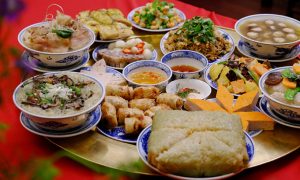
What is Tết?
Tết is the occasion for Vietnamese to express their respect and remembrance for their ancestors as well as welcoming the New Year with their beloved family members. Moreover, in the past, Tết was essential as it provided one of few long breaks during the agricultural year, which was held between the harvesting of the crops and the sowing of the next ones. To make it easier, one can imagine Tet as a combination of Christmas and New Year: every family will get together to have big meals, decorate Tết trees and eat Tết food but to welcome the new year instead of a religious cause.
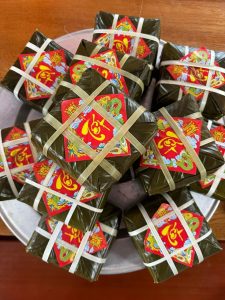
How is Tết celebrated?
Since Tết occupies an important role in Vietnamese’s religious beliefs, Vietnamese will begin their preparations well in advance of the upcoming New Year. In an effort to get rid of the bad luck of the old year, people will spend a few days cleaning their homes, polishing every utensil, or even repaint and decorate the house with kumquat tree, branches of peach blossom, and many other colorful flowers. The ancestral altar is especially taken care of, with careful decoration of five kinds of fruits and votive papers, along with many religious rituals. Everybody, especially children, buy new clothes and shoes to wear on the first days of New Year. People also try to pay all their pending debts and resolve all the arguments among colleagues, friends or members of family.
Like other Asian countries, Vietnamese believe that the color of red and yellow will bring good fortune, which may explain why these colors can be seen everywhere in Lunar New Year. People consider what they do on the dawn of Tết will determine their fate for the whole year, hence people always smile and behave as nice as they can in the hope for a better year. Besides, gifts are exchanged between family members and friends and relatives, while children receive lucky money kept in red envelope.
No matter where Tết is celebrated, it must be clarified from the beginning that Tết is not a day, but several days of celebration
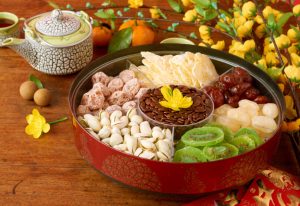
Traditional flower for Tết Holiday
Tết is Vietnamese New Year and is the most important celebration in Vietnamese culture. Tết holiday are the days for relaxation, meeting, happiness and joy. Similar to pine tree Christmas holiday in the West, Vietnamese also decorate with fresh flower that is an habit and contributing to adorn the home more luxury. There are 3 kinds of plants that can not missing in Tet Holiday: Peach Flower and Marumi kumquat in North. Ochna integerrima in South.
Peach Flower and Marumi Kumpuat are familiar in the North which trees can grow well in cold weather.
1. Peach flower: North people say that peach blossoms is spring. It is symbol of spring in Vietnam. The pink colour of peach blossoms shows the love and joy spread among people in this unique time of the year. There are two kinds of peach flower: Light peach with light pink colour and Nhat Tan flower village is specialty peach with dark pink colour.
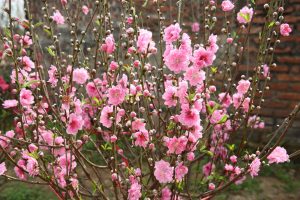
2. Marumi Kumquat: A tree with 5 characteristics: fruits, flowers, leaves, branches and roots is symbol for wealth and happiness for the new year. The tips for choosing a good tree must have green fruits, mature leaves and new bud which represents lucky and healthy to the family in the New Year.
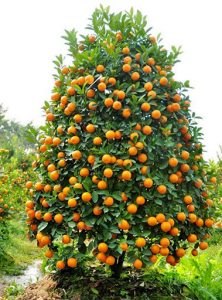
3. Ochna integerrima in the South represent riches and wealth. The people like decorate a blossom tree with many buds in their house because of they think that bring good luck and receive more good new in New year.
The New Year is all about starting fresh, leaving the troubles and frustrations of the old year behind. Come and discovery Tet holiday atmosphere once in my Vietnam vacation.
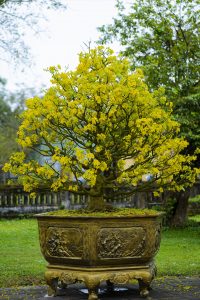
What people often wish each other during Tết.
Tết holidays are the moments of happiness and family enjoy, therefore Vietnamese often dedicate the most beautiful words to their family and friends on this occasion. Here is the list of the most common ones:
– I wish you a healthy new year
– I wish you a wealthy new year
– I wish that you will get promoted in the new year
– I wish that the new year will bring health to all your family
– New year, new triumphs (often heard in political speech)
– All wishes come true
– Eat more, grow rapidly (for children)
– New lover will come in the new year (for single people)
– Money influx is as strong as Da’s river; expenditure is as little as dripping coffee
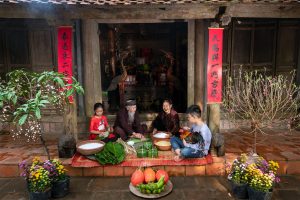
The general process is as follow (all dates quoted in lunar calendar):
– Ông Công, Ông Táo Day (Kitchen Gods day) – December 23rd
– Wrapping Chung cake – December 26-28th
– Family reunion and Tất niên – December 30th
– Giao thừa – New Year’s Eve: including praying sessions to God and Ancestors, Xông đất (First visit to a family in the new year).
– First three days of the new year – January 3rd – 5th: visit paternal side on the first day, maternal side on the second day and teachers on the third day. Visit relatives, friends and neighbours
– Hóa vàng – burn the offerings near Tet’s end for ancestors: January 4th
– Reopen business: usually owners pick a good date that matches their age.
– Tết Nguyên Tiêu: January 15th
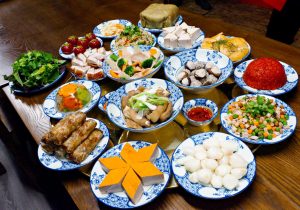
10 Unique foods for New Year
– Square Cake (Bánh Chưng/ Chưng cake) and Vietnamese tube sticky rice cake (banh tet)
– Pickled onion (Dưa hành)
– Boiled chicken (gà luộc)
– Vietnamese sausage (Giò lụa)
– Vietnamese spring roll (Nem)
– Mung bean pudding (Chè kho)
– Red Sticky Rice (Xôi Gấc)
– Five-fruit tray (Mâm ngũ quả) symbolizes Viet Nam’s traditional culture on Tết
– Dried bamboo Shoots Soup (canh măng)
